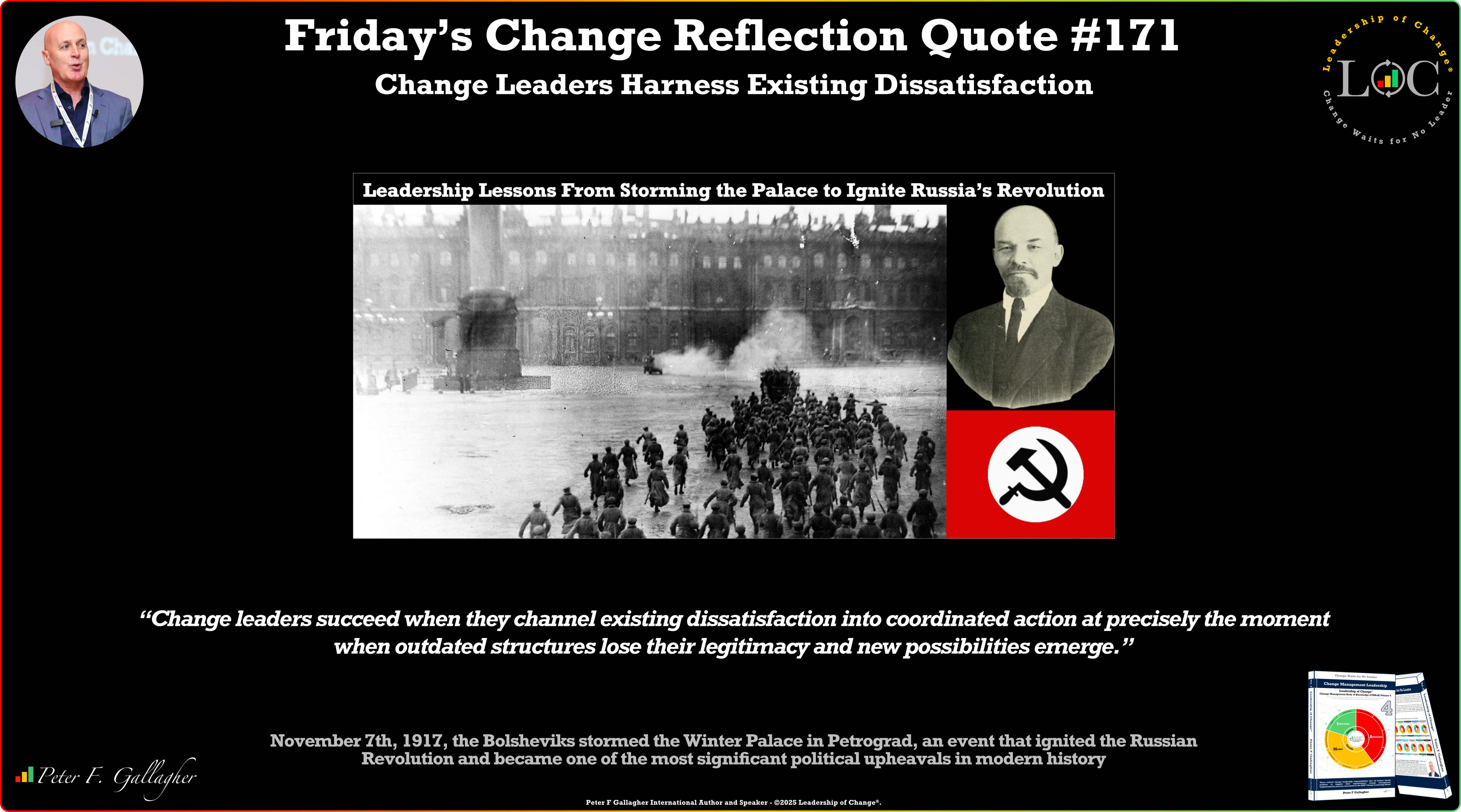May21

In today’s rapidly shifting workforce landscape, HR leaders are facing unprecedented complexity. Three challenges stand out for organizations looking to stay competitive: the need for real-time skills visibility, fostering internal mobility to retain talent, and untangling fragmented HR systems to scale efficiently.
These are no longer future goals—they are business imperatives. Here’s how forward-thinking organizations are tackling them, and why AI-powered platforms like 365Talents are at the center of this transformation.
Traditional job descriptions are static. The modern workforce is not. Enterprises struggle to understand the actual, evolving skills within their teams—hindering agile response to market shifts or innovation demands.
Insight: Organizations that build a living, AI-powered skills architecture gain the ability to redeploy talent quickly, identify skill gaps before they become business risks, and forecast future workforce needs.
Guidance:
According to LinkedIn, employees stay 41% longer at companies with high internal mobility. Yet many firms still overlook this lever—relying heavily on external hires and struggling with attrition.
Insight: The war for talent is not just about attraction, but activation. Your best candidates for open roles likely already work for you.
Guidance:
From ATS to LMS to performance tools, most enterprise HR stacks resemble a patchwork. The result? Redundant data, inconsistent experiences, and analytics gaps that make strategic decisions difficult.
Insight: A unified talent experience doesn’t require ripping and replacing legacy systems. It requires smart integration and data orchestration.
Guidance:
In an era of constant change, the organizations that win will be those that see talent not as a cost center, but a dynamic ecosystem. Addressing these three challenges—skills visibility, internal mobility, and HR fragmentation—requires a bold shift, not just in tools but in mindset.
Whether you’re a CHRO, a digital transformation lead, or a talent strategist, now is the time to act. Your workforce is ready. Is your HR tech stack?
Want to continue the conversation? Follow me on Thinkers360 or connect via Linkedin to discuss how AI and skills intelligence are reshaping the future of work.
By Malcolm Gill
Keywords: AI, Future of Work, HR
 Friday’s Change Reflection Quote - Leadership of Change - Change Leaders Harness Existing Dissatisfaction
Friday’s Change Reflection Quote - Leadership of Change - Change Leaders Harness Existing Dissatisfaction The Corix Partners Friday Reading List - November 7, 2025
The Corix Partners Friday Reading List - November 7, 2025 The Trust Deficit in Change Programmes
The Trust Deficit in Change Programmes Management of Portfolio complexity a key to Supply Chain responsiveness
Management of Portfolio complexity a key to Supply Chain responsiveness Who Revolves Around Your Ambitions? Time to Find Out.
Who Revolves Around Your Ambitions? Time to Find Out.